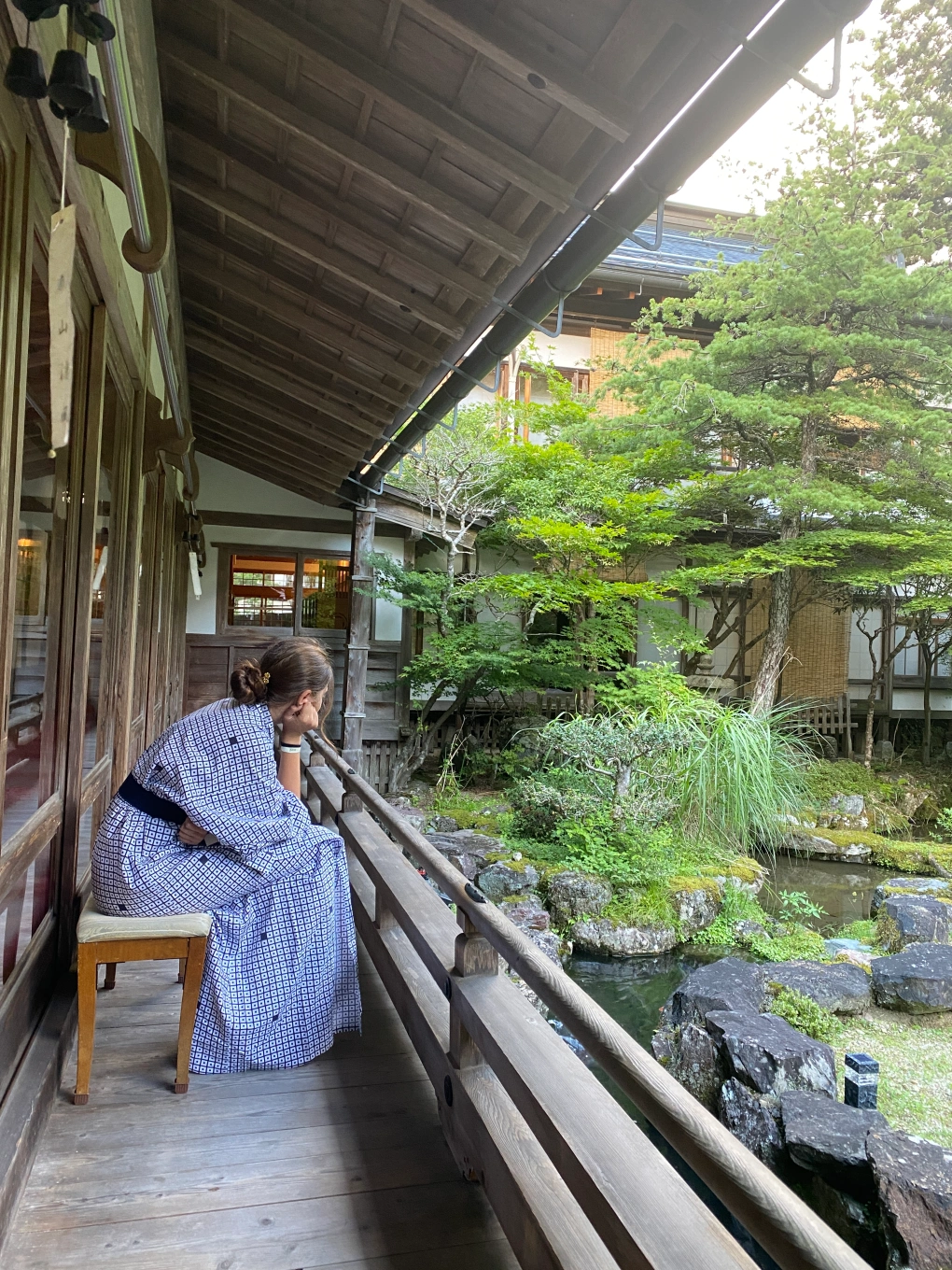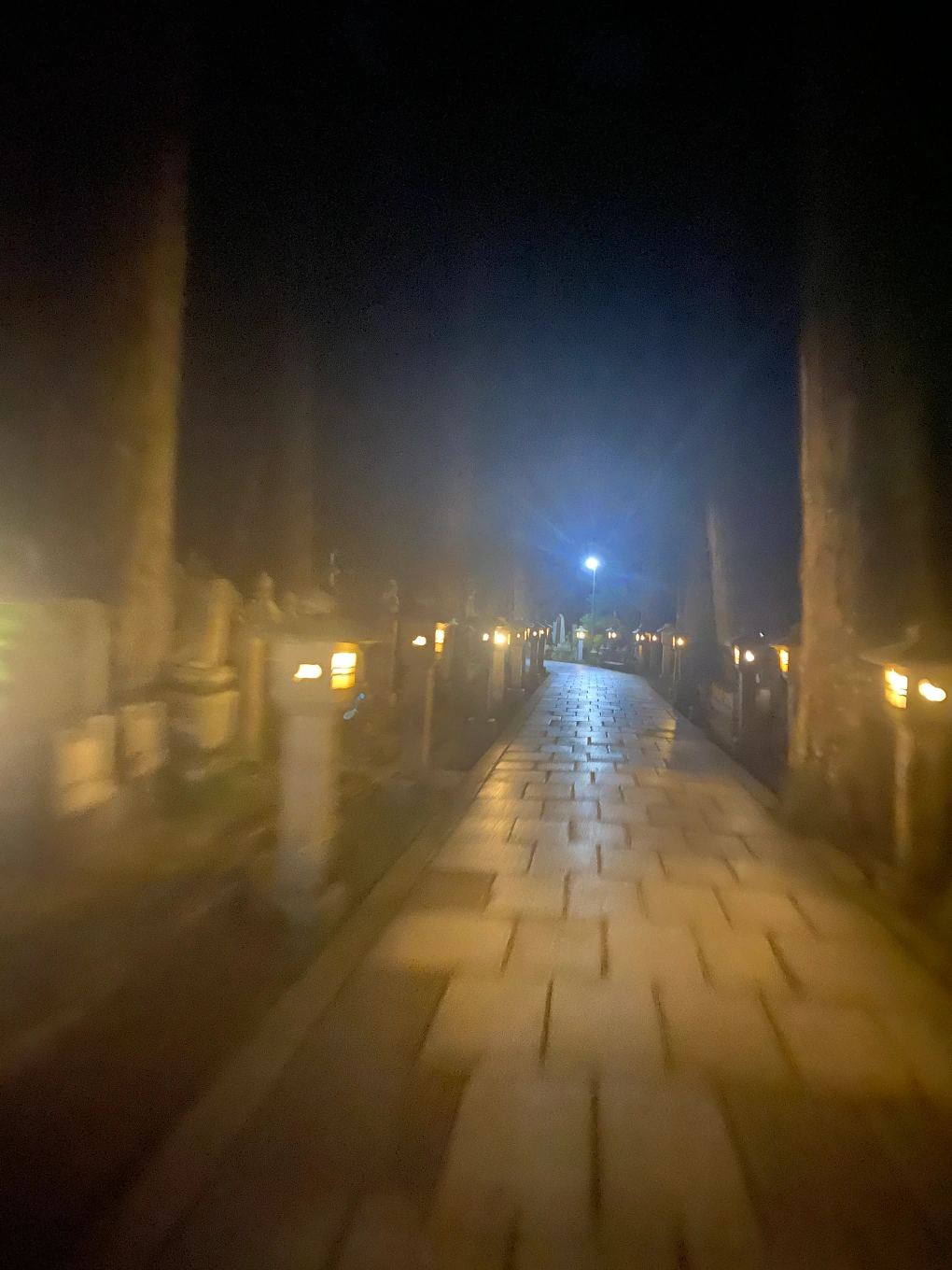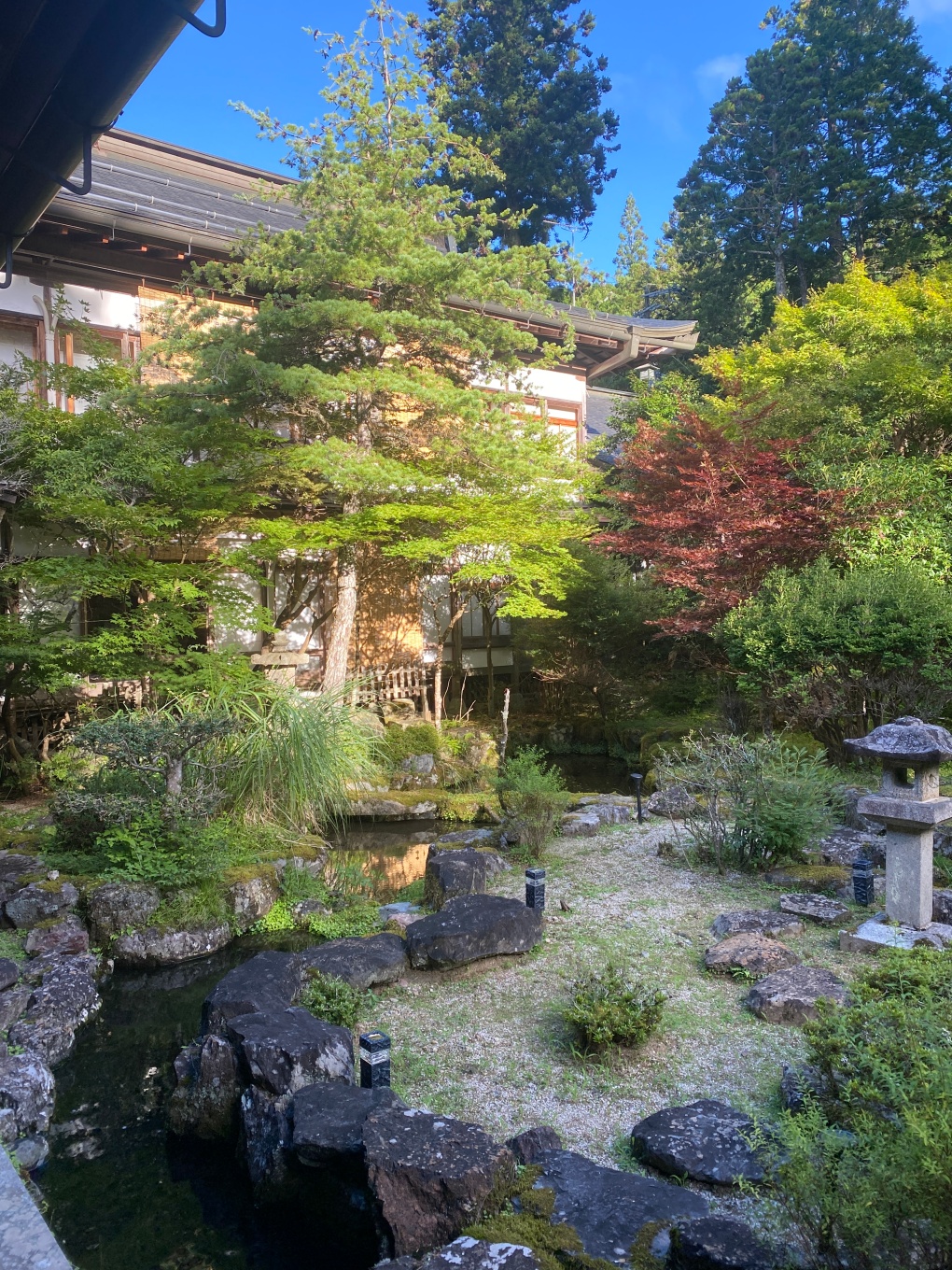
When I mentioned I was heading off to Turin for a weekend away I must admit the usual reaction was something along the lines of ‘really, isn’t Turin just an industrial city’ or ‘interesting choice’ with a hint of sarcasm. I purposely picked it as it is off most people’s radar and I was convinced there would be lots to see and do, and ultimately eat, away from throngs of tourists. What I discovered was that Turin delivered on every level – cheap tickets on BA, easy transfer to the centre of town (we took the train and then local bus on the way in and returned in a taxi), a stunning hotel that served the best breakfast I can remember having eaten in Italy, delicious meals out – with change from €50 for 3 of us, museums, great shopping and ultimately the most amazing food market. The sun shone and there was a relaxed grandeur to the city. In short, it was the perfect weekend away that ticked all our boxes and more.

Where To Stay
I booked the four star Hotel Victoria Torino, which is centrally located and has a wonderfully inviting old school charm (that you would not sense from the outside) and serenity about it. The decor is British country house meets chinois in a deliciously charming fusion. There is a grand fire place, big sofas and the owners’ collection of French and Italian works of art as well as number of Asian pieces dotted around, clearly picked up on the owners’ travels overseas. The overall effect is charming and a place that you want to linger and enjoy a coffee or an aperitivo in the evening. In fact, Poirot would not seem out of place residing in the Hotel Victoria Torino.
The other major plus about the hotel is that it has a spa/hammam with steam rooms, sauna, cold plunge pool and jacuzzi as well as a lovely space with sofas, magazines and fruit and tea. There is also a magnificent pool (which was one of the reasons I booked it), which guttingly was closed when we were there as it needed some work. It is now back up and running. As we were three friends we managed to book a very large duplex room, which had two double bedrooms and another ‘bedroom/sitting room’ on a lower level with a double sofa bed. The space also included two bathrooms, one included a bath. It was perfect for us and a very generous space, allowing us all to have our own rooms.
The breakfast was also incredibly generous with a wide variety of treats to accomodate both the sweet and savoury palate. You can choose to eat inside or out in the courtyard, which was just warm enough for us with the suns rays shining down on us.

Price wise we split the bill between three and each ended up with change from £200 for a two nights stay. Amazing value for the offering.

What to Do
Visit the Porto Palazzo Food Market (on Piazza della Repubblica)
It is the largest open air market in Europe with around 800 stalls from Mondays to Fridays. Inside there is a Farmers market with over 100 stalls and another section selling all manner of meats, cheeses and fish.
The place is bustling and the perfect place to soak up the atmosphere of Turin over a coffee.
If you are there over lunch time grab a plate of ‘fritter mista’ and a glass of local white wine from Gallina Pescheria Banco N.2. It has quite a following so get there early to secure a table.
Stroll around the famous flee market of Balon
Open every Saturday morning and every second Sunday of the month (on Sundays there is more on offer), this flee market is a wonderful place to wander and find that real gem you have always wanted in your life. It is a stones throw away from the Porto Palazzo Food Market and is a maze of 250 stalls selling a wide range of antiques and retro furniture. Amongst the stalls are a number of restaurants, especially along Via Borgo Dora.
Sample and buy some Chocolates
Yes you read correctly. Turin is THE place of chocolate innovators owing to its history back in 1585. The Turin-based Duke of Savoy, Charles Emmanuel I, married the daughter of Philip II of Spain and through the Spanish colonies, raw cacao arrived in Italy. Turin’s expertise for chocolate burgeoned and turned the city into the chocolate centre of Europe. Today, the city is still synonymous with the sweet treat – especially Nutella, which was given life by Pietro Ferrero, a pastry chef in Turin.

The two well known chocolatiers are:
Confetteria Stratta (Piazza San Carlo 191)which opened in 1836. It is the perfect place to pick up ‘gianduiotto’ the most symbolic chocolate of Piedmont -bite-size, boat-shaped, hazelnut chocolates that were invented in Turin.
Guido Gabino (Via Giuseppe Luigi Lagrange 1) opened in the 1960’s now has two branches. Beautiful little orange bags are filled with individually wrapped chocolates. I may have picked up some from here on my visit.

Take a Glass Lift up to the top of the Mole Antonelliana for a panoramic view
An absolute must is to visit this architectural landmark in Turin. It was originally conceived as a synagogue but after being bought by the Municipality of Turin it was made into a monument to national unity. Completed in 1889 it was, at the time, the tallest building in Europe reaching 167.5 metres. The building also houses the National Museum of Cinema which spirals around the central atrium as the glass lift speeds up through the central part of the building. My advice is to prebook tickets for either the panoramic view and/or the museum. The queues on the Saturday for the panoramic view were easily a couple of hours wait so we returned on the Sunday at 9am when it opened and when there was a shorter queue and only a 30 mins wait, before returning to our hotel for a leisured breakfast.

The view from the top is spectacular and you can see the whole of Turin and the snow-capped Alps in the background. (first photo at top of blog post).

Visit the Turin Shroud in Turin Cathedral
Probably one of the most well known facts about Turin is that the shroud is housed in Turin Cathedral. The shroud is a length of linen cloth bearing the negative image of a man that some believe depicts Jesus and that the fabric is the burial shroud in which he was wrapped after crucifixion. Evidence points to it being a medieval creation and a forgery owing to radiocarbon dating. Nonetheless it is interesting to visit the Cathedral, which is just next door to the Royal Palace of Turin.

Wander the streets and marvel at the architecture and beautiful arcades
Turin is great to amble around on foot, although the classic orange tram cars also add a rather picturesque backdrop to the whole experience. There are some beautiful arcades, which I urge you to explore and wander through. I particularly loved the art deco LUX cinema in Galleria San Federico.

Just near by is the food speciality shop ‘Ferrero’ on Via Antonio Giuseppe Bertola 6/D, which is definitely worth popping into. It has a little restaurant attached where you can join locals for a bowl of carbonara and a glass of Barbaresco.

The Baroque architecture is beautifully elegant and I spent a lot of time looking up at the towering buildings as I wandered the streets.

If you are after a spot of clothes shopping then they have all the known brands, as well as lot of chic boutique Italian stores that are worth visiting. You want to head to Via Roma, as well as the two main department stores: ‘San Carlo 1973’ on Piazza San Carlo 201 and ‘Top Ten’ on Via Marcello Soleri. Via Giuseppe Luigi Lagrange – away from the main drag – has lots more boutiques worth checking out. It was here that we bumped into the only other British tourist we saw on our weekend – actor Ralph Fiennes – clearly having done a spot of shopping himself.
I didn’t manage to get to ‘Verdellila’, unfortunately, but I hear it is Turin’s answer to Anthropologie – in a hidden courtyard behind a glass gate. It’s on Corso Re Umberto 17. Next time….

On my list was a number of places which we ran out of time to visit, but on my next visit I will try and spend time in the following:
The Egyptian artefacts at Museo Egizio
A museum specialising in Egyptian archaeology and anthropology. It houses one of the largest collections of Egyptian antiquities, with more than 30,000 artefacts. We ran out of time, but on a return visit I will be making a bee line for this museum.
The Galleria d’Arte Moderna
This modern art gallery was on my to do list but again we ran out of time. We decided that we would have a leisured weekend instead of running around trying to fit in everything to 48 hours. It looks and sounds fascinating so if art appreciation is your thing then this place is worth checking out.
The original Eataly
Set in a vast converted factory in the southern area of Turin, next to the former FIAT Lingotto factory, you will find the Eataly mothership opened in 2007. It houses a staggering array of sustainable food and drink, along with beautiful affordable kitchenware and cook books. You can take a food tour whilst you are there and end with lunch sampling the incredible produce on offer. The NY branch of Italy is really impressive and I can only imagine that the mothership in Torino is equally impressive.

Where to Eat in Turin
Aperitivo is serious business in Italy and our Hotel had a great bar with snacks where a number of the guests began their evening. You can also visit it even if you are not staying in the hotel. It’s an oasis of calm and grandeur.

Caffe Vini on Via Porta Palatina, 9/g. This rather enchanting ‘piola’ is a simple tavern that has been serving traditional food, local wines and a welcoming glass of vermouth to locals and passing travellers since 1850. The places oozes charm and nostalgia with old Campari and Cinzano posters adorning the walls, faded rusty mirrors and a room and courtyard full of locals. We managed to slip in to secure a table just in time before the place really begin to throng with people. It’s open at lunch times and early evening. We sampled the local vermouth – heavenly- with some bar snacks, although we could have easily had our antipasti here as the plates of food coming out of the kitchen really looked very tempting indeed.

Da Ciani Piola Caffe
A few minutes walk away from Caffe Vini is Piola Caffe on B, Largo IV Marzo, 9. YOU NEED TO BOOK (+39 011 569 0425) this place as it gets rammed. It is located on the edge of very pretty little green space called Giardino Bottero. It is good, honest, home-cooked food. Nothing fancy, but at a price point that is attractive with everyone. It is a good place to try local antipasti and pastas. Our meal included many antipasti, three pastas, a tiramisu and some wine and water came to €43 for the three of us. Pretty unbelievable. They do have secondi options too but we found the antipasti and pasta more than enough.

Pizzeria IV Marzo
Just across the way from Piola Caffe is a great little pizza joint called Pizzeria IV Marzo. A great little menu with outside dining options and the perfect place to have lunch in the sun, soaking up the ambiance of this pretty neighbourhood. They have a good selection of beers and wines. It’s popular but does not take too long to get a table.

Di Michele or Porto di Savona
Both restaurants are on Piazza Vittorio which is a huge, elegant piazza running down to the River Po. I was recommended both restaurants and the concierge managed to get a table outside at Di Michele. I hear that Porto di Savona is a little more formal than Di Michele offering a number of local Piedmont dishes, where as Di Michele has a broad selection of Italian pastas and pizza. The food was tasty – and no different in quality than Piola Caffe, but three times the price – which to be fair was still reasonable at €125 for the three of us. I would be keen to try Porto di Savona next time to see how that compares as I hear good things about it.
Di Michele: Piazza Vittorio Veneto, 4 +39 011 888836
Porto di Savona: Piazza Vittorio Veneto, 2 +39 011 817 3500

In Balon, the flee market district I have a strong recommendation for:
Trattoria Valenza
I have had many recommendations to go here next time. With decor along the lines of ‘grandmas living room’ this gem offers traditional piemontese cuisine which has been described as outstanding. Honest, homely and rustic, it makes me want to book a return ticket to try this place alone.
Via Borgo Dora, 39,
+39 011 521 3914
Jazz Club Turino
Two minutes walk from our hotel – Victoria Hotel Turino – is the Jazz Club Turino. We walked passed it each evening and the place was full with jazz devotees listening to the bands on stage. The glass structure allowed us to peer in and it looked a really fun way to spend an evening. I have no idea what the food is like, but perhaps it is worth checking out or going to have some drinks and listen to the jazz.
Via S.Francesco Da Paola, ang, Via Giovanni Giolitti
+39 011 882939
reservations via the fork

Turin really is a fabulous city that I would not hesitate to return to or recommend. There is so much to see and do and if you have fine weather, like we had thankfully, it is a joy to walk around soaking up the atmosphere.
 If, and when, you visit Japan may I strongly urge you to leave the bright lights of the cities for a few days and head into the countryside. Make your way to the peaceful and sacred mountain temple complex, nestled on top of Mount Koya, known as ‘Koyasan’. Here the air is cooler and the smell of fresh pine lingers softly on the breeze. It is considered the birth place of Shingon esoteric Buddhism. In 816, after years of study in Japan, the non-conformist priest Kobo Daishi was given special permission from the Emperor Saga to establish an isolated retreat. You will also find Japan’s largest cemetery. It is believed that Kobo Daishi never died, but instead is in eternal meditation – you can visit his mausoleum, known as Okunoin (奥の院) deep in the forest. It is one of the most sacred places in Japan and a popular pilgrimage site.
If, and when, you visit Japan may I strongly urge you to leave the bright lights of the cities for a few days and head into the countryside. Make your way to the peaceful and sacred mountain temple complex, nestled on top of Mount Koya, known as ‘Koyasan’. Here the air is cooler and the smell of fresh pine lingers softly on the breeze. It is considered the birth place of Shingon esoteric Buddhism. In 816, after years of study in Japan, the non-conformist priest Kobo Daishi was given special permission from the Emperor Saga to establish an isolated retreat. You will also find Japan’s largest cemetery. It is believed that Kobo Daishi never died, but instead is in eternal meditation – you can visit his mausoleum, known as Okunoin (奥の院) deep in the forest. It is one of the most sacred places in Japan and a popular pilgrimage site. (one of my daughters – takes in her zen surroundings)
(one of my daughters – takes in her zen surroundings) Eko-in also performs the ‘fire ceremony’ (goma-taki, Shingon Buddhism’s fire ritual) every morning in a little shrine at the entrance to the temple. It was absolutely mesmerising and you feel very immersed in the ceremony as the beating of the drum increases in intensity as the fire climbs higher and higher. This all takes place after the first morning prayers at 7.30am when you are still in a heady slumber from sleep. It is definitely otherworldly and something worth witnessing no matter where you sit on the religious spectrum.
Eko-in also performs the ‘fire ceremony’ (goma-taki, Shingon Buddhism’s fire ritual) every morning in a little shrine at the entrance to the temple. It was absolutely mesmerising and you feel very immersed in the ceremony as the beating of the drum increases in intensity as the fire climbs higher and higher. This all takes place after the first morning prayers at 7.30am when you are still in a heady slumber from sleep. It is definitely otherworldly and something worth witnessing no matter where you sit on the religious spectrum.










































































































































































